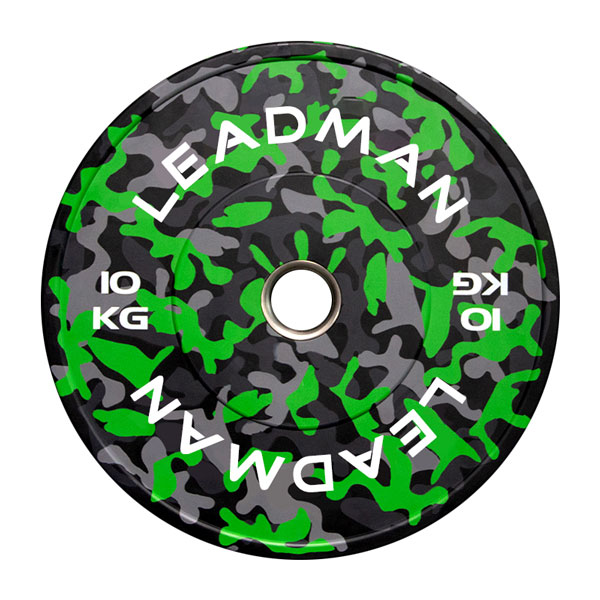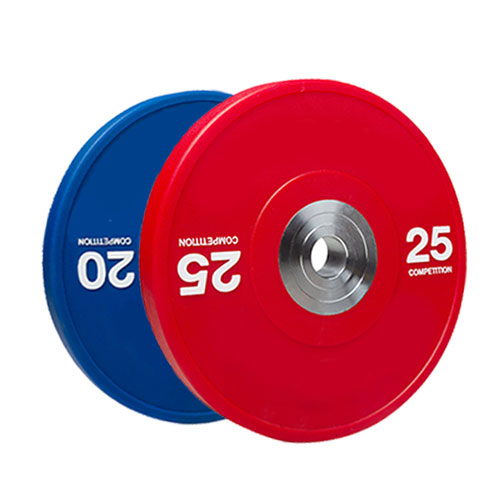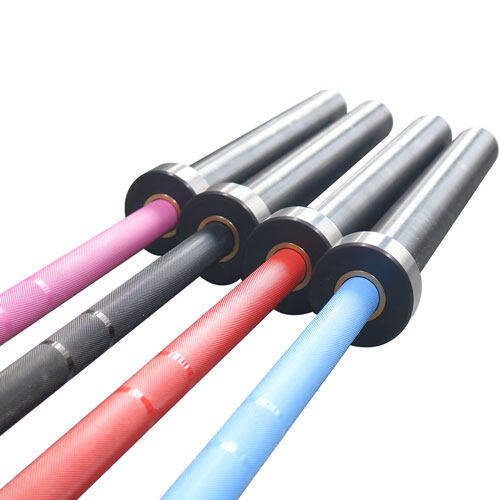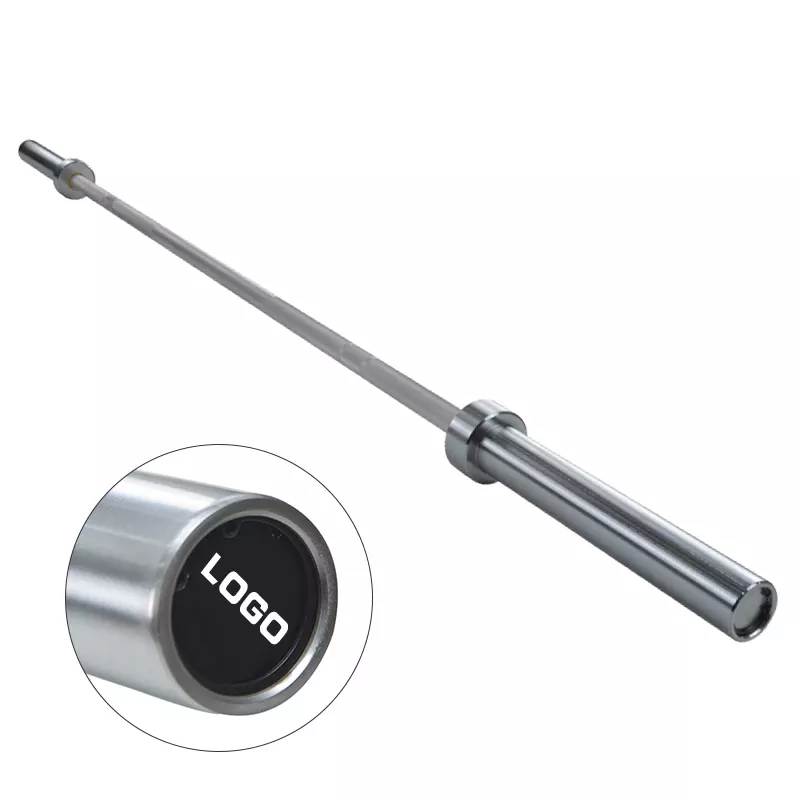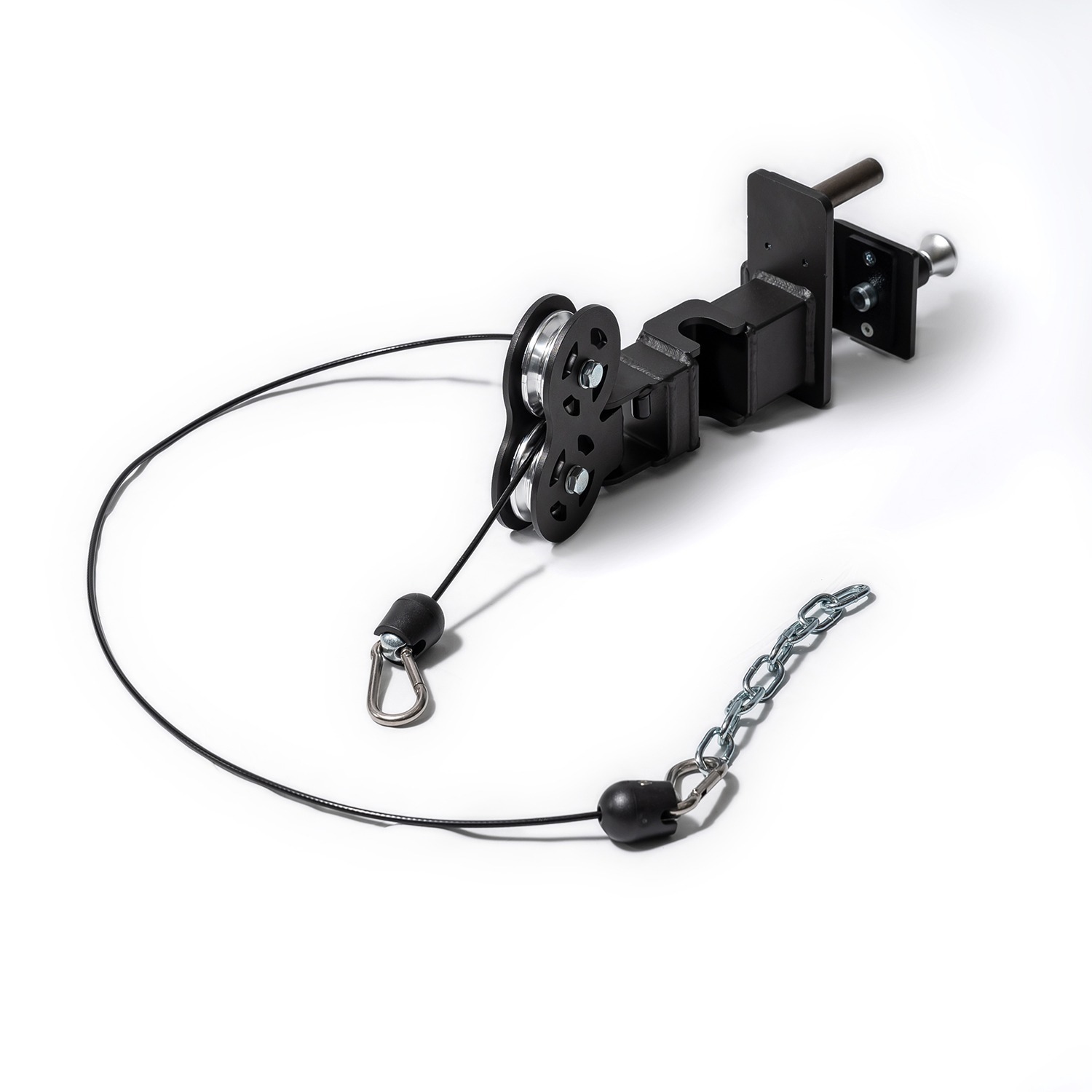Master the Olympic Barbell in 2025
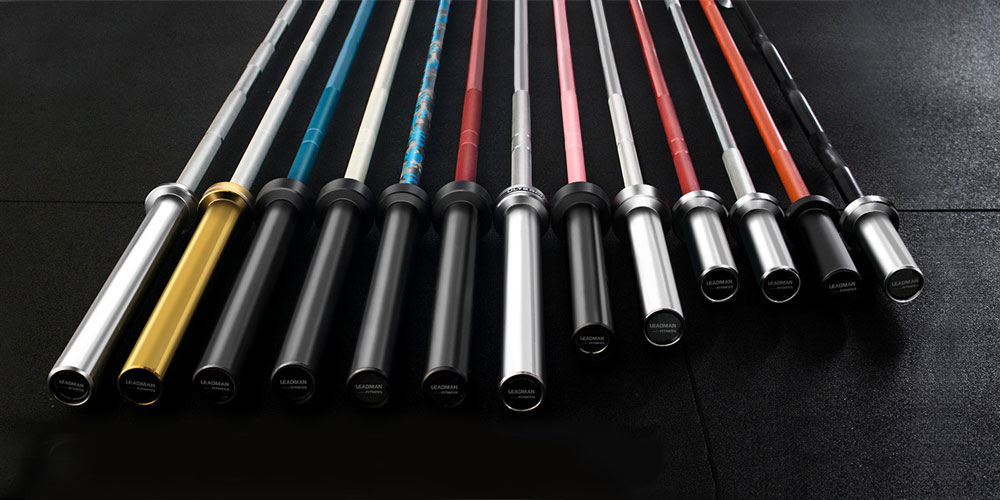
In the realm of strength and conditioning, the year 2025 marks a pivotal moment for those seeking to elevate their barbell performance. Mastery of the Olympic barbell unlocks exceptional physical capabilities, fostering athleticism, strength, and power. By embracing the principles outlined in this comprehensive guide, individuals can embark on a transformative journey towards barbell dominance in 2025.
Section 1: Understanding the Olympic Barbell
Specifications, Dimensions, and Weight
The Olympic barbell, a cornerstone of weightlifting, adheres to specific specifications. For men's competitions, the barbell weighs 20 kilograms (44 pounds) and measures 2.2 meters (7 feet 3 inches) in length, with a 28-millimeter (1.1-inch) shaft diameter. Women's barbells are slightly lighter, weighing 15 kilograms (33 pounds) and maintaining a length of 2.01 meters (6 feet 7 inches) with a 25-millimeter (0.98-inch) shaft diameter.
Types of Barbells
Various types of barbells exist, each tailored to specific purposes:
- Training barbells: Designed for general fitness and weightlifting training, these barbells are typically made of steel and coated with a chrome or zinc finish.
- Competition barbells: Adhering to strict specifications, these barbells are used in official weightlifting competitions and are typically crafted from high-quality steel alloys.
- Specialty barbells: Catering to specific movements or training needs, specialty barbells may incorporate features such as knurling, camber, or adjustable weights.
Proper Hand Placement and Grip
Correct hand placement and grip are crucial for optimal barbell performance. When performing Olympic lifts, the hands should be positioned slightly wider than shoulder-width apart on the barbell shaft. The grip should be firm and secure, enveloping the barbell with the palm and interlocking the fingers.
Section 2: Foundation Exercises
The Snatch, Clean, and Jerk
The snatch, clean, and jerk constitute the core movements of Olympic weightlifting. Each lift demands technical precision, strength, and athleticism.
The snatch involves lifting the barbell from the ground to overhead in a single, fluid motion. It is a highly technical lift that requires explosive power and timing.
The clean encompasses two separate movements: the first pull and the second pull. In the first pull, the barbell is lifted from the ground to the shoulders, while in the second pull, the barbell is smoothly transitioned to a rack position overhead.
The jerk is the third and final part of the Olympic lifts sequence. It involves receiving the barbell on the shoulders and then driving it overhead to lockout position.
Step-by-Step Breakdowns and Common Mistakes
Each of these exercises is broken down into detailed steps, highlighting common errors that can impede progress. Understanding these potential pitfalls allows lifters to address them proactively.
Progression Schemes for a Solid Foundation
Building a strong foundation in Olympic weightlifting requires a well-structured progression scheme. Starting with lighter weights and gradually increasing resistance helps lifters avoid plateaus and ensure continued improvement.
Section 3: Strength Development
Deadlifts, Squats, and Presses
While Olympic lifts are the cornerstone of weightlifting, a comprehensive training regimen incorporates complementary strength exercises such as deadlifts, squats, and presses. These exercises target specific muscle groups and improve overall strength and power.
Deadlifts are compound exercises that involve lifting the barbell from the ground to hip height, primarily targeting the back, glutes, and hamstrings.
Squats focus on the lower body. Different squat variations, such as back squats and front squats, engage various muscle groups to enhance leg strength and power.
Presses, including the bench press and overhead press, primarily develop upper body strength in the chest, shoulders, and triceps.
How These Exercises Complement the Olympic Lifts
Compound exercises effectively complement Olympic lifts by strengthening the muscles involved in the pull phase, creating a stable base for receiving the barbell in the catch position, and enhancing overall strength and power.
Programs and Strategies for Optimizing Strength Gains
Effective programming and strategic weightlifting techniques are essential for optimizing strength gains. Different programs cater to various goals and experience levels, while strategies such as periodized training and progressive overload promote continued progress.
Section 4: Mobility and Flexibility
Importance of Mobility and Flexibility
Sufficient mobility and flexibility are crucial for executing Olympic lifts efficiently and avoiding injuries. Range of motion in the hips, ankles, shoulders, and wrists directly impacts proper technique.
Stretches and Exercises for Improved Range of Motion
Specific stretches and exercises can enhance mobility and flexibility. Dynamic stretches performed before training prepare the body for movement, while static stretches improve flexibility.
Dynamic Warm-Ups and Cool-Downs
Dynamic warm-ups activate the muscles involved in Olympic lifts, priming the body for optimal performance. Similarly, dynamic cool-downs aid recovery and flexibility.
Section 5: Technique Refinement
Advanced Tips and Techniques
As lifters progress, advanced techniques can further improve efficiency in Olympic lifts. Techniques such as hook grip, bar path optimization, and hip drive require technical mastery to execute effectively.
Common Errors and How to Correct Them
Understanding common technical errors and their corrections helps lifters refine their technique. Addressing issues such as improper back angle, early arm bend, and unstable foot placement ensures greater efficiency and reduced risk of injury.
The Role of Video Analysis and Coaching
Video analysis provides a valuable tool for assessing technique. By reviewing recorded lifts, lifters can identify areas for improvement and receive feedback from experienced coaches to refine their movements.
Section 6: Weightlifting Nutrition
Fueling for Optimal Performance
Proper nutrition is essential for weightlifting success. A balanced diet rich in protein, carbohydrates, and healthy fats supports muscle growth, recovery, and performance.
Macronutrient and Micronutrient Requirements
Protein intake should be sufficient to support muscle protein synthesis. Carbohydrates provide energy during intense training sessions, while healthy fats contribute to hormone production and cell function. Vitamins and minerals are also critical for overall health and wellbeing.
Supplements, Hydration, and Recovery
Creatine monohydrate is a popular supplement among weightlifters that can enhance strength and power. Adequate hydration is crucial during training to prevent dehydration. Recovery is supported by nutrient-rich post-workout meals and protein shakes.
Section 7: Programming and Periodization
Structuring Training Plans for Long-Term Progress
Effective weightlifting programs gradually increase training intensity and volume over time. Periodization models, including linear progression, block periodization, and undulating periodization, provide a framework for planning training cycles.
Different Periodization Models and Their Application
Linear progression involves gradually increasing weight or resistance over time. Block periodization divides training into distinct phases with varying focuses, such as strength, hypertrophy, and peaking. Undulating periodization alternates between periods of high and low volume and intensity.
Managing Volume, Intensity, and Rest
Properly managing training volume, intensity, and rest periods is essential for progress. High-volume training can enhance muscle growth, while high-intensity training improves strength. Adequate rest allows for muscle recovery and adaptation.
Section 8: Injury Prevention and Recovery
Common Injuries in Weightlifting and How to Avoid Them
Olympic weightlifting places significant stress on the body. Common injuries include lower back pain, knee pain, and shoulder impingement. Proper technique, sufficient warm-up, and adequate recovery can help prevent these injuries.
Recovery Modalities, Such as Massage, Foam Rolling, and Active Release
Massage, foam rolling, and active release are effective recovery modalities. Massage improves blood flow and reduces muscle tension, while foam rolling releases muscle knots. Active release targets specific areas of tension.
Listening to Your Body and Seeking Professional Help
Listening to your body is crucial. Pain signals the need to reduce or stop activity. Seeking professional help from a doctor or physical therapist is vital if any pain persists.
Section 9: Setting Goals and Progress Tracking
Establishing SMART Goals and Breaking Them Down into Milestones
Setting specific, measurable, achievable, relevant, and time-bound (SMART) goals is essential for progress. Breaking down goals into smaller milestones provides a roadmap for success and enhances motivation.
Tracking Progress Through Lifts, Measurements, and Performance Metrics
Tracking progress is crucial for evaluating efforts and making adjustments. Regular measurement of lifts, body composition, and performance metrics provides objective feedback on improvement.
Adjusting Programs Based on Feedback and Progress
Progress tracking allows for adjustments to training programs. Based on feedback, lifters can modify volume, intensity, or exercise selection to optimize results.
Section 10: The Power of the Weightlifting Community
Finding a Supportive Gym and Training Partners
Surrounding oneself with a supportive gym and training partners fosters motivation and accountability. Shared experiences enhance the weightlifting journey.
Competing in Weightlifting Meets
Competing in weightlifting meets provides a platform to test strength and gain valuable experience. Meets offer opportunities for personal bests and camaraderie.
The Benefits
Mastering the Olympic barbell not only enhances physical strength and performance but also instills discipline, perseverance, and a sense of community. The journey towards barbell mastery in 2025 will unleash potential, produce incredible results, and mold lifetime skills in fitness and strength.

